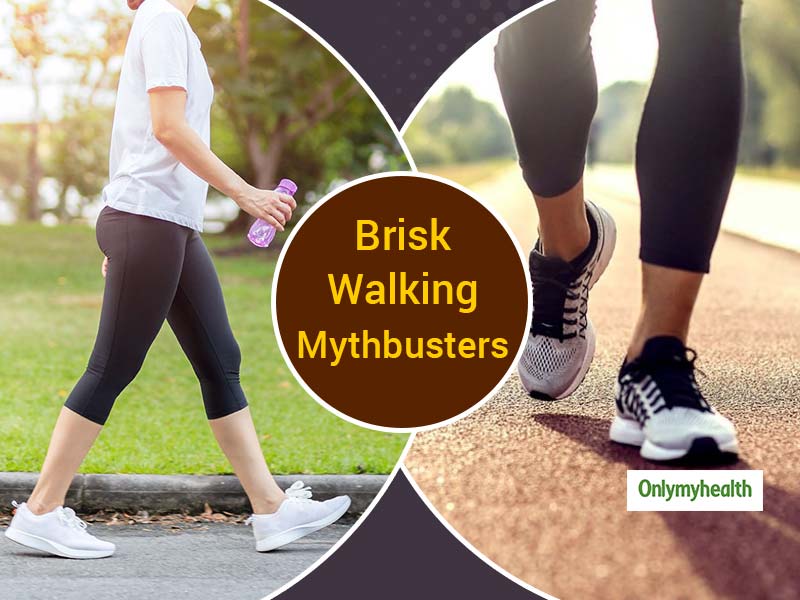
As per a new study, brisk walking regularly is more helpful than vigorous jogging for people with pre-diabetes. This research was carried among one hundred and fifty participants with prediabetes for six months. Before the study initiation, the fasting blood glucose was measured. What was found in the research? Rather than burning glucose, moderate exercise helps to burn fat faster. At the same time, an intense workout burns more glucose than fat. In the long run, brisk walking (moderate exercise) regulates blood glucose, thus reducing the risks of diabetes induction. Brisk walking also raises the possibility of proper glucose uptake, thereby decreasing its absorption in the blood.
Table of Content:-
Let's do a little myth-busting about brisk walking
- Myth: Intense exercise gives you health benefits. Walking does no good for you.
- Fact: Brisk walking for just thirty minutes for five-seven days a week gives all the health gains. Of course, intense exercise has its share of advantages, but not everyone can engage in it. Brisk walking can be done throughout life and at least reap the primary health gains rather than doing nothing.
Also Read: Exercises To Relieve Knee Pain Caused Due to Long Hours Of Sitting
- Myth: You should use arm and ankle or wrist weights to To burn more calories.
- Fact: Do you know that using these fancy accessories will put you at a greater risk for muscle strain and injury. Ankle weights strain your knee, leg, and hip muscles due to the unnatural, repetitive, stress along with walking fast. The wrist or arm weights stress your wrists, elbows, and shoulders and can also affect your posture leading to neck ache and backache. Instead, to burn more calories walk a couple of extra minutes and if you want to strengthen and tone your upper body, invest in some time (twice a week) with a specific weight training routine to train your upper body muscles.

- Myth: Wearing socks is not required.
- Fact: Do you know that socks are equally important? Socks keep your skin dry from moisture by soaking the sweat and protect feet from developing blisters. Always wear synthetic acrylic socks or dry fit, cool max, and so on.
Also Read: Use Household Things For Workout At Home
- Myth: For walking? Any shoe can be used!
- Fact: Do you know that there are different shoes for various activities. The shoe is explicitly designed (for a particular action) as per the nature of the sport to provide the cushioning and necessary support and absorb the unwanted impacts. Therefore, for one specific activity always wear the right shoe (which is meant for it).
- Myth: Walkers! It would be best if you drank a lot of liquids.
- Fact: Long time back, do you know that there was a misconception? It was that drinking water during fast running or walking would decrease performance and cause cramps. Repeatedly it was suggested to take more than required that lead to Hyponatremia (an imbalance of the fluid-electrolyte levels in the blood). What is the right way? One must drink enough to replace lost liquids. It is desirable to consume sports drinks containing sodium rather than plain water (as body salt lost while sweating).
- Myth: Running burns more calories!
- Fact: Sixty minutes of brisk walking and thirty minutes of running burn around the same number of calories. The number of calories burnt during a particular exercise depends upon factors such as gender, age, fitness level, body weight, and the performance of the player. Therefore, it is idiosyncratic.
Read More in Exercise and Fitness
How we keep this article up to date:
We work with experts and keep a close eye on the latest in health and wellness. Whenever there is a new research or helpful information, we update our articles with accurate and useful advice.
Current Version